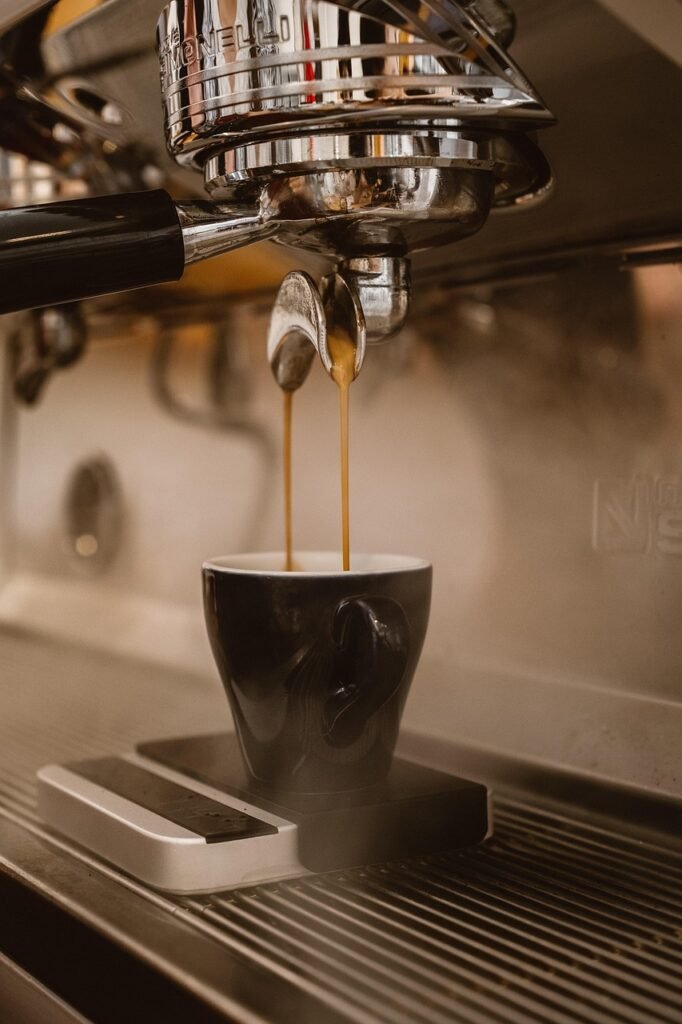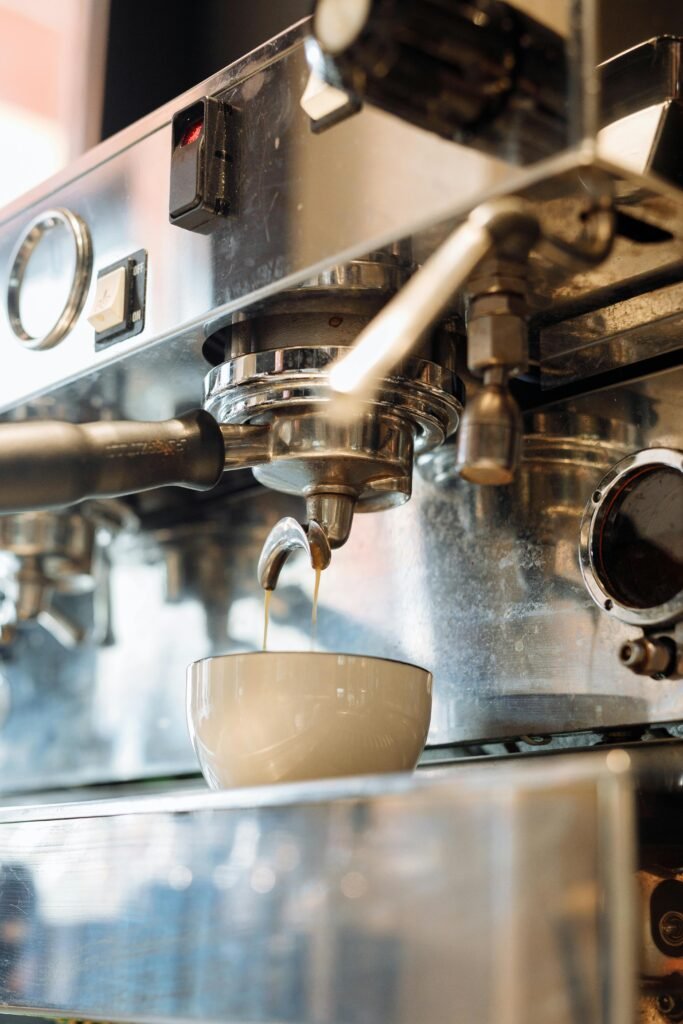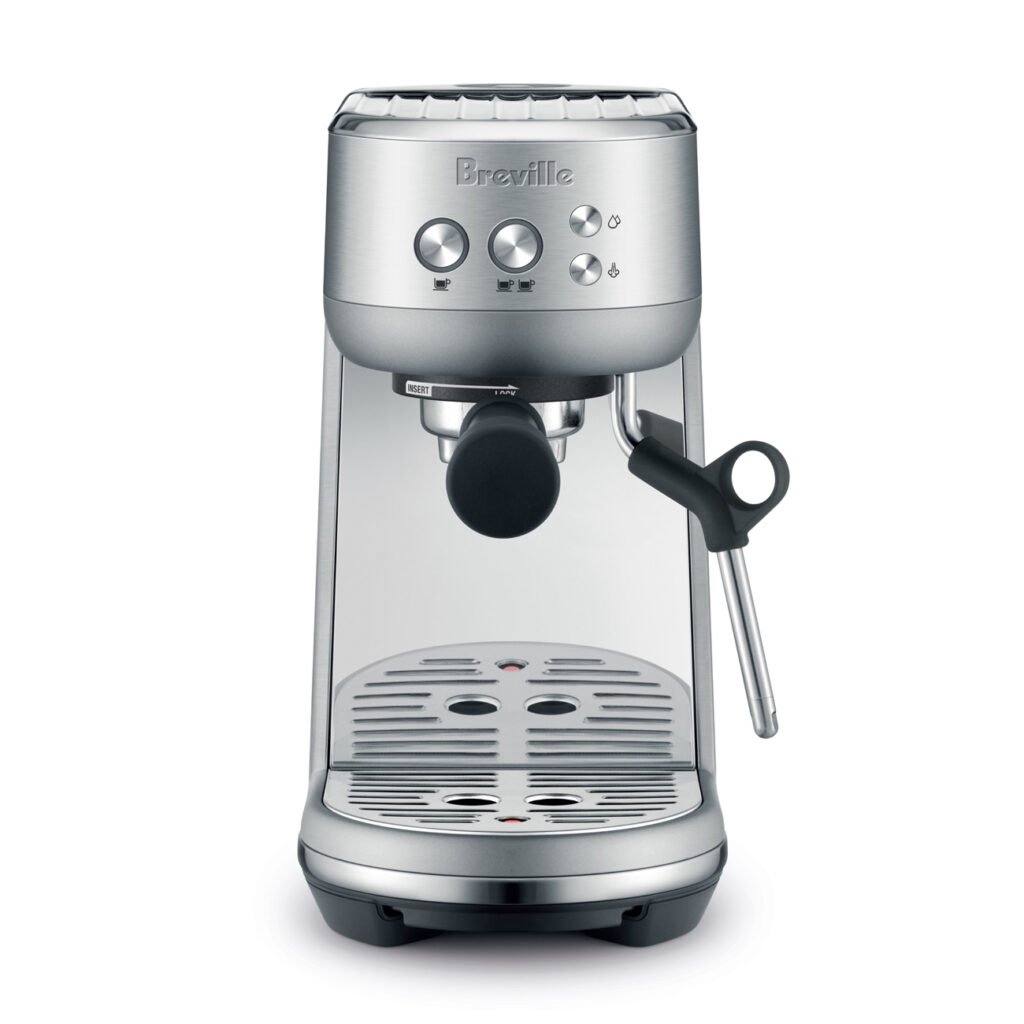Dialing in Espresso: A Step-by-Step Guide
The Coffee Collect is reader supported. When you purchase through links on our site, we may earn an affiliate commission—at no extra cost to you. Your support helps us continue sharing coffee inspiration, tips, and discoveries with this community. Thank you for being a part of our coffee journey!
Helping you brew better shots, one tweak at a time.
Whether you’re behind a café bar or fine-tuning your home espresso setup, getting that perfect espresso shot is a journey filled with observation and thoughtful adjustments.
At The Coffee Collect, we believe coffee is both an art and a science. And dialing in espresso is where those two worlds collide.
Let’s walk through it step-by-step so you can approach each shot with confidence and clarity…
What Does “Dialing In Espresso” Mean?
Dialing in is the process of adjusting your espresso variables—grind size, dose, yield, and time—to create a shot that tastes balanced, sweet, and satisfying.
In simple terms: it’s tasting, tweaking, and repeating until it tastes just right.

Step 1: Start with a Baseline Espresso Recipe
Start with a classic espresso recipe:
- Dose: 18g (amount of ground coffee in the portafilter)
- Yield: 36g (amount of espresso in your cup)
- Time: 25–30 seconds (from the first drip to the last)
This gives you a 1:2 ratio—perfect for dialing in.
Pro Tip: Use a scale and timer. Consistency is everything.
Step 2: Check Your Grind Size
Grind size is one of your most powerful tools when dialing in espresso.
- Too fast? Your grind is too coarse (under 20 seconds).
- Too slow? Your grind is too fine (over 35 seconds).
Make small changes and purge your grinder after each adjustment to clear out old grounds.
i.e. Purge your grinder means to run a small amount of coffee through the grinder to clear out old grounds before grinding a new dose. This ensures that the coffee coming out is freshly ground at the current grind setting.
Because grind size is one of the most powerful tools when it comes to pulling the perfect shot of espresso, buying a quality coffee grinder is one of the best investments you can make as a barista. Any experienced barista will confirm this. If you don’t have the best grinder, here are three top-rated grinders to get you started:
Step 3: Taste and Adjust
Here’s what to look for when tasting your espresso:
- Sour / Under-extracted: Too coarse or too short
- Bitter / Over-extracted: Too fine or too long
- Balanced / Sweet: You nailed it!
Adjust grind size or yield one step at a time. Be sure to take notes—every coffee behaves differently.
Step 4: Rinse and Repeat
As you continue dialing in:
- Purge the group head
- Keep your portafilter clean
- Change only one variable at a time
- Let the coffee rest (especially if it’s freshly roasted)
Dialing in is all about patience. But trust us—this is where the real magic happens.
Bonus Barista Tips
- Experiment with another coffee-loving friend!
- Always use fresh, high-quality beans
- Weigh every dose and yield
- Taste with curiosity—what do you notice?
- Don’t be afraid to experiment!

Tools That Make Dialing In Easier
Want to make your dialing-in process smoother? Here are some links to tools we love:
- Precision Coffee Scale – Accurate dose and yield
- WDT Tool – Even ground distribution
- Espresso Timer – Some scales include this feature
- Tamper – Consistent puck = consistent shot (make sure to get the right size according to your espresso machine)
Savor the Journey
Dialing in espresso is a practice that requires technique and experimentation. One that invites you to slow down, observe closely, and grow in skill.
At The Coffee Collect, we’re all about building a community that celebrates coffee’s endless possibilities. Whether you’re on your first espresso machine or your fiftieth dial-in of the day, we’re here cheering you on! (picture us with pom-poms in one hand & coffee in the other!)
📸 Share Your Shots!
Tag us on Instagram @the.coffee.collect as you dial in. We’d love to feature your creations and share your story with our coffee-loving community!
-the coffee collect.



